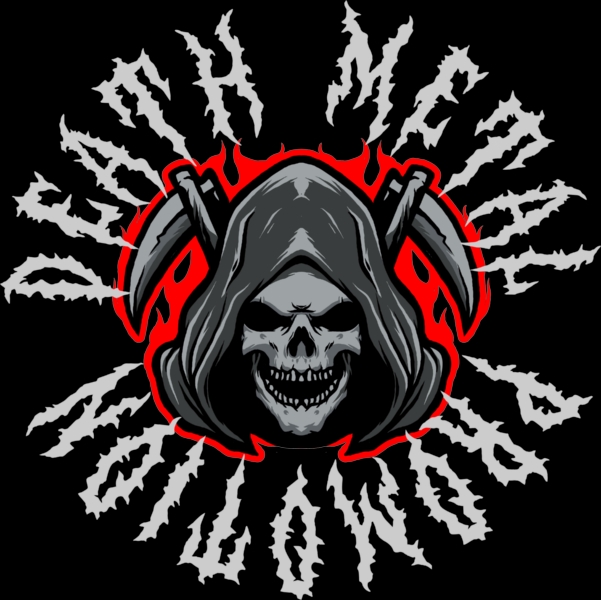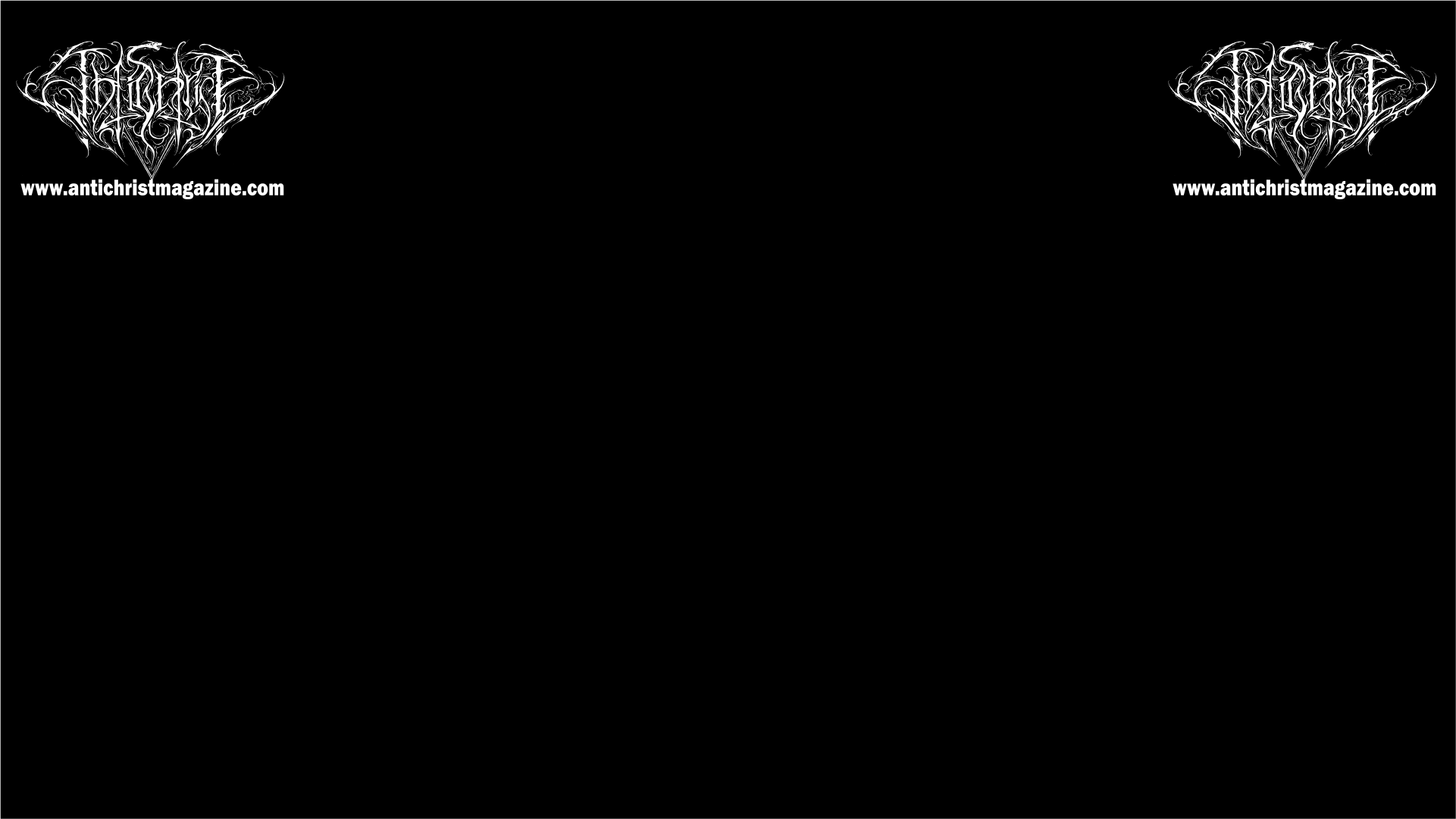 Wikipedia, the go-to source of all crowd-based knowledge, makes mistakes: this is a given fact, not an assumption. To prove this, we need look no further than their description of Los Angeles-based Dawn of Ashes, who the aforementioned trove of factoids describes as an ‘extreme metal band’. Sure, they may have enjoyed a flirtation with melodic black metal structures between 2008 and 2017 (their 2010 release Genocide Chapters actually being a surprisingly solid representation of the genre) but the majority of their work – including their latest album, The Antimonian – fits very neatly into the hellectro/aggrotech mould.
Wikipedia, the go-to source of all crowd-based knowledge, makes mistakes: this is a given fact, not an assumption. To prove this, we need look no further than their description of Los Angeles-based Dawn of Ashes, who the aforementioned trove of factoids describes as an ‘extreme metal band’. Sure, they may have enjoyed a flirtation with melodic black metal structures between 2008 and 2017 (their 2010 release Genocide Chapters actually being a surprisingly solid representation of the genre) but the majority of their work – including their latest album, The Antimonian – fits very neatly into the hellectro/aggrotech mould.
This should be no surprise, given the band’s roots in the cybergoth scene: respirator masks, coloured contact lenses, leather aprons, colourful dreadlocks… all staples in the nativity of Dawn of Ashes. And please don’t misunderstand me, I am not complaining: nobody does groove-laden dark aggrotech quite like Dawn of Ashes, so their return to form is something to be celebrated, not mourned. What makes The Antimonian even better, though, are the lessons the band have learned from their black metal foray: improved atmospheres that go far beyond mere synth pads, more sensitive percussion than pedestrian four-to-the-floor dance rhythms (admittedly, “Anatomy of the Soul” delivers this in spades), greater density and diversity in arrangements… Overall, the experience Dawn of Ashes gained over the past decade or so has really been put to work in crafting one of the best examples of the genre since Psyclon Nine’s game-changing Divine Infekt back in 2003. Other historical nods must include “Follow the Pain”, one of the best tributes to Leaether Strip (whether intentional or not) I’ve enjoyed in years.
Yes, The Antimonian enjoys more than its fair share of clichés – horror samples litter the album which is, at its core, a cybergoth dancefloor wet dream, despite the occasional diversion into more progressive territory. Abstract, glitch-ridden bridge sections on “Sleep Paralysis” and the seething, slow-burn atmospherics on “Dried Up” effectively prove that Dawn of Ashes have far more to offer than just dirty, insidious bass a la Sebastian Komor or distorted kicks that Combichrist could easily lay claim to. Sure, there is more than a little overlap between this last act and Dawn of Ashes, but where Andy LaPlegua’s pet project has embraced change and moved far beyond its electro-industrial roots, Dawn of Ashes has seen all said change has to offer, tested the waters and made the informed decision to turn around and go back.
I would, having said this, still have preferred more of the more obvious metal elements to play a larger role: more pronounced guitar work and a greater representation of ‘live’ drums over sampled and programmed percussion would give The Antimonian an edge it is otherwise approaching, but not quite reaching. “Blood of the Titans” comes close, its Fear Factory-esque arrangement echoing late 90s industrial metal in all the best ways.
The net result of all this stylistic to-and-fro is that Dawn of Ashes may take some of their metal fanbase along for the electronic ride, but a stubborn metal audience are unlikely to test the waters of aggrotech on a whim. The Antimonian is a good album, a great example of heavy, dark electronics but I am hesitant to offer an opinion on whether or not it will increase the reach of this band. A shame, really, because it is most definitely a welcome change in my usual musical rotation and one I am sure to revisit whenever the nostalgic urge for late 90s goth and industrial clubs rears its head.
Release date: July 10th, 2020
https://www.facebook.com/Dawnofashes/
If you really would like to support Antichrist, you can just Share our article.
You can also support Antichrist by sending a couple bucks to cover some webhosting expenses. =>> PayPal




